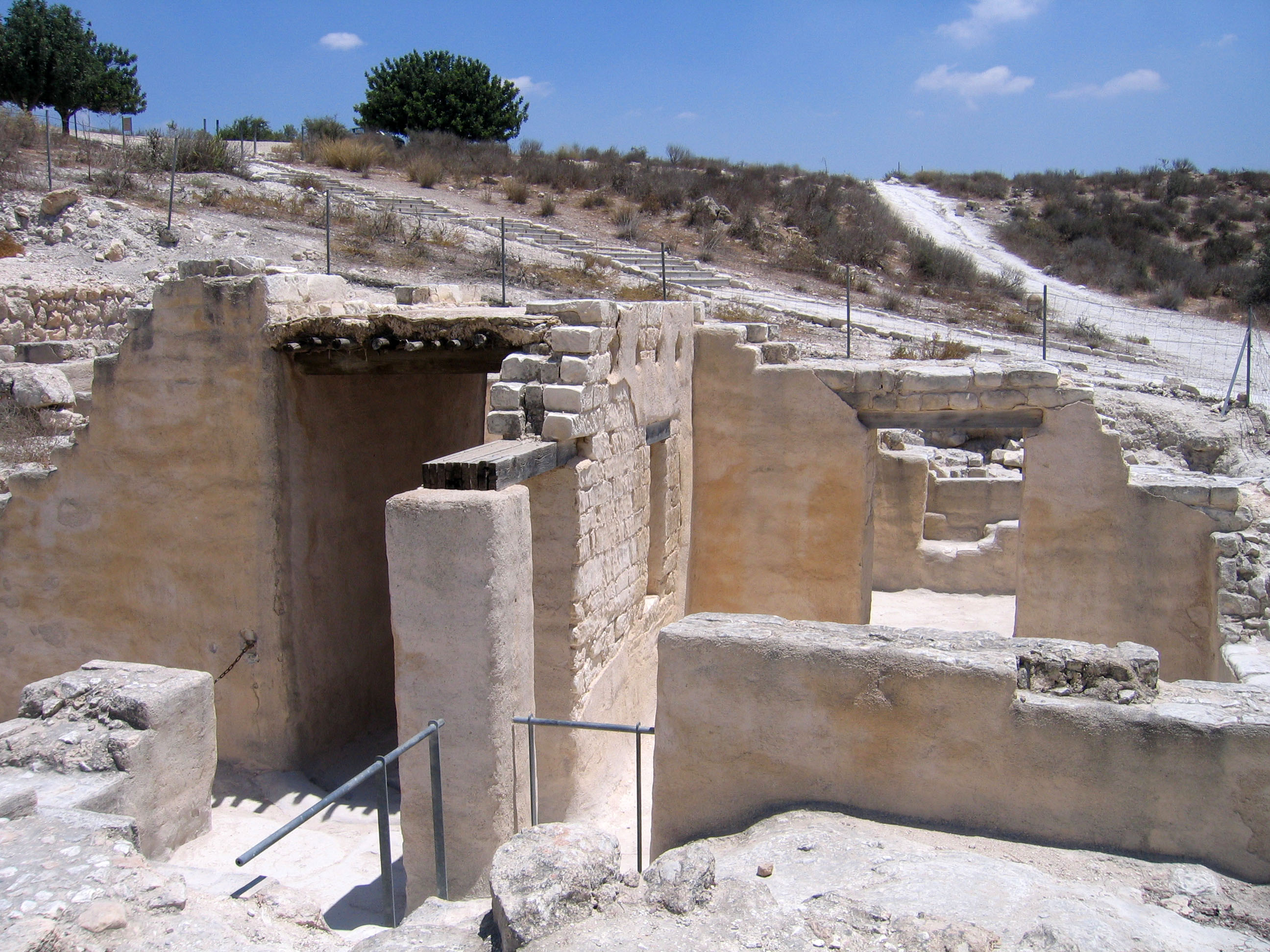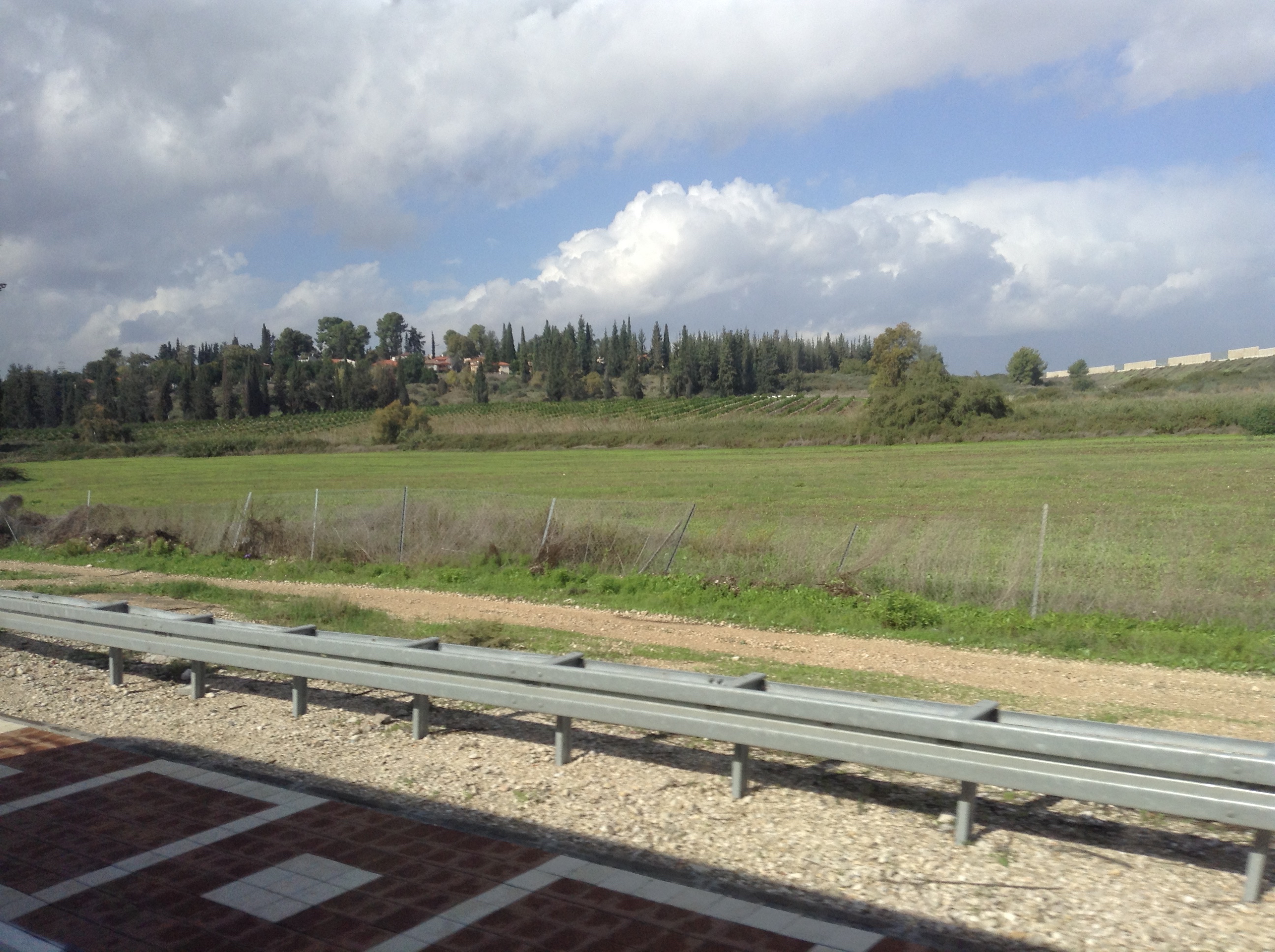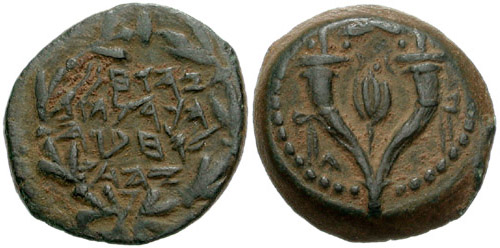|
Beit Guvrin-Maresha National Park
Beit Guvrin-Maresha National Park is a national park in central Israel, recognized by UNESCO as a World Heritage Site. It is located 13 kilometers from Kiryat Gat and encompasses the ruins of Maresha, one of the important towns of Kingdom of Judah, Judah during the History of ancient Israel and Judah, First Temple Period, and Eleutheropolis, Beit Guvrin, an important town in the Roman era, when it was known as Eleutheropolis. Archaeological artifacts unearthed at the site include a large Jewish cemetery, a Roman-Byzantine amphitheater, a Byzantine church, public baths, mosaics and burial caves. History The earliest written record of Maresha was as a city in ancient Tribe of Judah, Judah (Joshua 15:44). The Hebrew Bible mentions among other episodes that Rehoboam fortified it against Egyptian attack. After the destruction of the Kingdom of Judah the city of Maresha became part of the Edomite kingdom. In the late Persian period a Sidonian community settled in Maresha, and the cit ... [...More Info...] [...Related Items...] OR: [Wikipedia] [Google] [Baidu] |
Southern District (Israel)
The Southern District ( he, מחוז הדרום, ''Meḥoz HaDarom''; ar, لواء الجنوب) is one of Israel's six administrative districts, the largest in terms of land area but the most sparsely populated. It covers most of the Negev desert, as well as the Arava valley. The population of the Southern District is 1,086,240 and its area is 14,185 km2. Its population is 79.66% Jewish and 12.72% Arab (mostly Muslim), with 7.62% of other origins. The district capital is Beersheba, while the largest city is Ashdod. Beersheba's dormitory towns of Omer, Meitar, and Lehavim are affluent on an Israel scale, while the development towns of Dimona, Sderot, Netivot, Ofakim, and Yeruham and the seven Bedouin cities are lower on the socio-economic scale. [...More Info...] [...Related Items...] OR: [Wikipedia] [Google] [Baidu] |
Sidonian
Sidon ( ; he, צִידוֹן, ''Ṣīḏōn'') known locally as Sayda or Saida ( ar, صيدا ''Ṣaydā''), is the third-largest city in Lebanon. It is located in the South Governorate, Lebanon, South Governorate, of which it is the capital, on the Mediterranean Sea, Mediterranean coast. Tyre, Lebanon, Tyre to the south and Lebanese capital Beirut to the north are both about away. Sidon has a population of about 80,000 within city limits, while its metropolitan area has more than a quarter-million inhabitants. Name The Phoenician language, Phoenician name ''Ṣīdūn'' (, ) probably meant "fishery" or "fishing town". It is mentioned in Papyrus Anastasi I as Djedouna. It appears in Biblical Hebrew as ''Ṣīḏōn'' ( he, צִידוֹן) and in Classical Syriac, Syriac as ''Ṣidon'' (). This was hellenization, Hellenised as ''Sidṓn'' ( grc-gre, Σιδών), which was latinization of names, Latinised as '. The name appears in Classical Arabic as ''Ṣaydūn'' () and in M ... [...More Info...] [...Related Items...] OR: [Wikipedia] [Google] [Baidu] |
Israelite
The Israelites (; , , ) were a group of Semitic-speaking tribes in the ancient Near East who, during the Iron Age, inhabited a part of Canaan. The earliest recorded evidence of a people by the name of Israel appears in the Merneptah Stele of ancient Egypt, dated to about 1200 BCE. According to the modern archaeological account, the Israelites and their culture branched out of the Canaanite peoples and their cultures through the development of a distinct monolatristic—and later monotheistic—religion centred on the national god Yahweh.Mark Smith in "The Early History of God: Yahweh and Other Deities of Ancient Israel" states "Despite the long regnant model that the Canaanites and Israelites were people of fundamentally different culture, archaeological data now casts doubt on this view. The material culture of the region exhibits numerous common points between Israelites and Canaanites in the Iron I period (c. 1200–1000 BCE). The record would suggest that the Isra ... [...More Info...] [...Related Items...] OR: [Wikipedia] [Google] [Baidu] |
Hellenistic
In Classical antiquity, the Hellenistic period covers the time in Mediterranean history after Classical Greece, between the death of Alexander the Great in 323 BC and the emergence of the Roman Empire, as signified by the Battle of Actium in 31 BC and the conquest of Ptolemaic Egypt the following year. The Ancient Greek word ''Hellas'' (, ''Hellás'') was gradually recognized as the name for Greece, from which the word ''Hellenistic'' was derived. "Hellenistic" is distinguished from "Hellenic" in that the latter refers to Greece itself, while the former encompasses all ancient territories under Greek influence, in particular the East after the conquests of Alexander the Great. After the Macedonian invasion of the Achaemenid Empire in 330 BC and its disintegration shortly after, the Hellenistic kingdoms were established throughout south-west Asia ( Seleucid Empire, Kingdom of Pergamon), north-east Africa ( Ptolemaic Kingdom) and South Asia ( Greco-Bactrian Kingdom, Indo-Gree ... [...More Info...] [...Related Items...] OR: [Wikipedia] [Google] [Baidu] |
Frederick J
Frederick may refer to: People * Frederick (given name), the name Nobility Anhalt-Harzgerode *Frederick, Prince of Anhalt-Harzgerode (1613–1670) Austria * Frederick I, Duke of Austria (Babenberg), Duke of Austria from 1195 to 1198 * Frederick II, Duke of Austria (1219–1246), last Duke of Austria from the Babenberg dynasty * Frederick the Fair (Frederick I of Austria (Habsburg), 1286–1330), Duke of Austria and King of the Romans Baden * Frederick I, Grand Duke of Baden (1826–1907), Grand Duke of Baden * Frederick II, Grand Duke of Baden (1857–1928), Grand Duke of Baden Bohemia * Frederick, Duke of Bohemia (died 1189), Duke of Olomouc and Bohemia Britain * Frederick, Prince of Wales (1707–1751), eldest son of King George II of Great Britain Brandenburg/Prussia * Frederick I, Elector of Brandenburg (1371–1440), also known as Frederick VI, Burgrave of Nuremberg * Frederick II, Elector of Brandenburg (1413–1470), Margrave of Brandenburg * Frederick William, Elect ... [...More Info...] [...Related Items...] OR: [Wikipedia] [Google] [Baidu] |
Ius Italicum
''Ius Italicum'' (Latin, Italian or Italic law) was a law in the early Roman Empire that allowed the emperors to grant cities outside Italy the legal fiction that they were on Italian soil. This meant that the city would be governed under Roman law rather than local law, would have a greater degree of autonomy in their relations with provincial governors, and that people born in the city automatically gained Roman citizenship. As Rome citizens, people were able to buy and sell property, were exempt from land tax, and the poll tax and were entitled to protection under Roman law. ''Ius Italicum'' was the highest liberty a municipality or province could obtain and was considered very favorable. Emperors, such as Augustus and Septimius Severus, made use of the law during their reign. Augustus' enactment of the law Emperor Augustus was one of the first Emperors to implement the law of ''Ius Italicum'' during his reign. During Emperor Augustus' reign he gave land-grants to veterans wh ... [...More Info...] [...Related Items...] OR: [Wikipedia] [Google] [Baidu] |
Bar Kochba Rebellion
The Bar Kokhba revolt ( he, , links=yes, ''Mereḏ Bar Kōḵḇāʾ''), or the 'Jewish Expedition' as the Romans named it ( la, Expeditio Judaica), was a rebellion by the Jews of the Judea (Roman province), Roman province of Judea, led by Simon bar Kokhba, against the Roman Empire. Fought Common Era, CE, it was the last of three major Jewish–Roman wars, so it is also known as the Third Jewish–Roman War or, the Third Jewish Revolt. Some historians also refer to it as the Second Revolt of Judea, not counting the Kitos War (115–117 CE), which had only marginally been fought in Judea. The revolt erupted as a result of religious and political tensions in Judea following on the failed First Jewish–Roman War, First Revolt in 66–73 CE. These tensions were related to the establishment of a large Roman military presence in Judea, changes in administrative life and the economy, together with the outbreak and suppression of Jewish revolts from Mesopotamia to Ancient Libya, ... [...More Info...] [...Related Items...] OR: [Wikipedia] [Google] [Baidu] |
First Jewish–Roman War
The First Jewish–Roman War (66–73 CE), sometimes called the Great Jewish Revolt ( he, המרד הגדול '), or The Jewish War, was the first of three major rebellions by the Jews against the Roman Empire, fought in Roman-controlled Judea, resulting in the destruction of Jewish towns, the displacement of its people and the appropriation of land for Roman military use, as well as the destruction of the Jewish Temple and polity. The Great Revolt began in the year 66 CE, during the twelfth year of the reign of Nero, originating in Roman and Jewish religious tensions. The crisis escalated due to anti-taxation protests and attacks upon Roman citizens by the Jews. The Roman governor, Gessius Florus, responded by plundering the Second Temple and arresting numerous senior Jewish figures. This prompted widespread rebellion in Jerusalem that culminated in the capture of the Roman military garrison by rebel forces as the pro-Roman king Herod Agrippa II and Roman officials fle ... [...More Info...] [...Related Items...] OR: [Wikipedia] [Google] [Baidu] |
Vespasian
Vespasian (; la, Vespasianus ; 17 November AD 9 – 23/24 June 79) was a Roman emperor who reigned from AD 69 to 79. The fourth and last emperor who reigned in the Year of the Four Emperors, he founded the Flavian dynasty that ruled the Empire for 27 years. His fiscal reforms and consolidation of the empire generated political stability and a vast Roman building program. Vespasian was the first emperor from an equestrian family and only rose later in his lifetime into the senatorial rank as the first member of his family to do so. Vespasian's renown came from his military success; he was legate of Legio II Augusta during the Roman invasion of Britain in 43 and subjugated Judaea during the Jewish rebellion of 66. While Vespasian besieged Jerusalem during the Jewish rebellion, emperor Nero committed suicide and plunged Rome into a year of civil war known as the Year of the Four Emperors. After Galba and Otho perished in quick succession, Vitellius became emperor in Apri ... [...More Info...] [...Related Items...] OR: [Wikipedia] [Google] [Baidu] |
Parthian Empire
The Parthian Empire (), also known as the Arsacid Empire (), was a major Iranian political and cultural power in ancient Iran from 247 BC to 224 AD. Its latter name comes from its founder, Arsaces I, who led the Parni tribe in conquering the region of Parthia in Iran's northeast, then a satrapy (province) under Andragoras, who was rebelling against the Seleucid Empire. Mithridates I (r. c. 171–132 BC) greatly expanded the empire by seizing Media and Mesopotamia from the Seleucids. At its height, the Parthian Empire stretched from the northern reaches of the Euphrates, in what is now central-eastern Turkey, to present-day Afghanistan and western Pakistan. The empire, located on the Silk Road trade route between the Roman Empire in the Mediterranean Basin and the Han dynasty of China, became a center of trade and commerce. The Parthians largely adopted the art, architecture, religious beliefs, and royal insignia of their culturally heterogene ... [...More Info...] [...Related Items...] OR: [Wikipedia] [Google] [Baidu] |
John Hyrcanus
John Hyrcanus (; ''Yōḥānān Hurqanōs''; grc, Ἰωάννης Ὑρκανός, Iōánnēs Hurkanós) was a Hasmonean ( Maccabean) leader and Jewish high priest of the 2nd century BCE (born 164 BCE, reigned from 134 BCE until his death in 104 BCE). In rabbinic literature he is often referred to as ''Yoḥanan Cohen Gadol'' (), "John the High Priest". Name Josephus explains in ''The Jewish War'' that John was also known as "Hyrcanus", but does not explain the reason behind this name. The only other primary source, the Books of the Maccabees, never used this name with respect to John. The single occurrence of the name ''Hyrcanus'' in 2 Maccabees 3:11 refers to a man to whom some of the money in the Temple belonged during the c. 178 BCE visit of Heliodorus. The reason for the name is disputed amongst biblical scholars, with a variety of reasons proposed: * Familial origin in the region of Hyrcania on the Caspian Sea * A Greek regnal name, which would have represented closer ... [...More Info...] [...Related Items...] OR: [Wikipedia] [Google] [Baidu] |








%2C_Nisa_mint.jpg)
